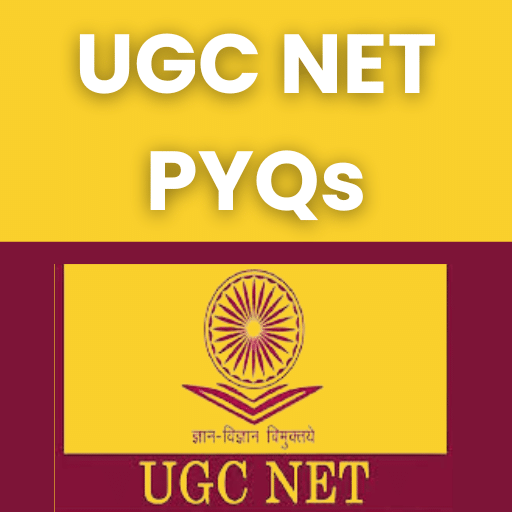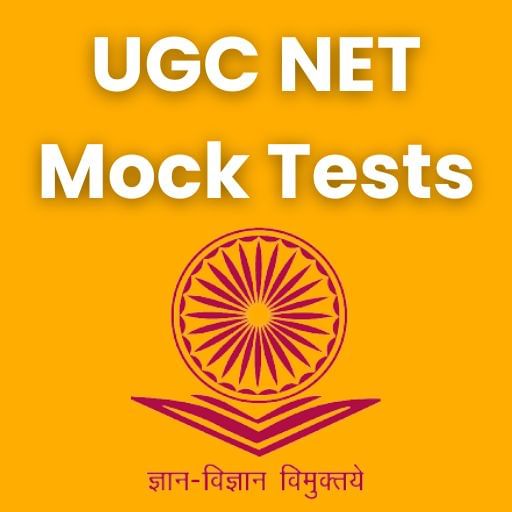Measures of Central Tendency | UGC NET Commerce Preparation Course PDF Download
| Table of contents |

|
| Definition |

|
| Mean |

|
| Median |

|
| Mode |

|
| Measures of Central Tendency and Dispersion |

|
Definition
Central tendency refers to a statistical measure that represents a single value summarizing an entire dataset or distribution. Its purpose is to provide a concise description of the overall data.

The central tendency of a dataset can be determined using three key measures: mean, median, and mode.
Mean
The mean is the average of the dataset, calculated by summing all values and dividing by the number of values. This is commonly referred to as the arithmetic mean. Other variations of the mean used to describe central tendency include:
- Geometric Mean
- Harmonic Mean
- Weighted Mean
If all values in the dataset are identical, the geometric, arithmetic, and harmonic means will be the same. When variability exists, the mean values differ. The calculation of the mean is straightforward, using the formula:
A histogram can illustrate how the mean behaves in different distributions. For symmetric continuous data, the mean is precisely in the center. However, in skewed continuous distributions, extreme values in the tail shift the mean away from the center. Therefore, the mean is best suited for symmetric distributions.

 |
Test: Measures of central tendency
|
Start Test |
Median
The median is the middle value in a dataset that has been arranged in either ascending or descending order. If the dataset contains an even number of values, the median is determined by calculating the average of the two middle values.
Consider the given dataset with the odd number of observations arranged in descending order – 23, 21, 18, 16, 15, 13, 12, 10, 9, 7, 6, 5, and 2

Here 12 is the middle or median number that has 6 values above it and 6 values below it.
Now, consider another example with an even number of observations that are arranged in descending order – 40, 38, 35, 33, 32, 30, 29, 27, 26, 24, 23, 22, 19, and 17

When you look at the given dataset, the two middle values obtained are 27 and 29.
Now, find out the mean value for these two numbers.
i.e.,(27+29)/2 = 28
Therefore, the median for the given data distribution is 28.
Mode
The mode is the value that appears most frequently in a dataset. A dataset may have multiple modes or, in some cases, no mode at all.
Consider the given dataset 5, 4, 2, 3, 2, 1, 5, 4, 5
Since the mode represents the most common value in a dataset, the most frequently occurring value in this case is 5.
The choice of central tendency measure depends on the characteristics of the data:
- For symmetrical distributions of continuous data, all three measures of central tendency—mean, median, and mode—are valid. However, the mean is often preferred by analysts because it incorporates all values in the dataset.
- For skewed distributions, the median is the most appropriate measure of central tendency.
- For ordinal data, both the median and mode are suitable for measuring central tendency.
- For categorical data, the mode is the best option to determine central tendency.
 |
Download the notes
Measures of Central Tendency
|
Download as PDF |
Measures of Central Tendency and Dispersion
A central tendency measure identifies the value that represents the center or middle of a dataset. The mean, median, and mode are the three most commonly used measures.
On the other hand, a measure of dispersion describes how data values are spread out. A basic measure of dispersion is the range, which is the difference between the highest and lowest values. Another measure is the standard deviation, which reflects the average deviation of data values from the mean.
|
235 docs|166 tests
|
FAQs on Measures of Central Tendency - UGC NET Commerce Preparation Course
| 1. What is the difference between mean, median, and mode in statistics? |  |
| 2. How are measures of central tendency used in data analysis? |  |
| 3. What is the importance of understanding measures of central tendency in research studies? |  |
| 4. How can measures of dispersion complement measures of central tendency in data analysis? |  |
| 5. Can outliers impact the accuracy of measures of central tendency? |  |


























